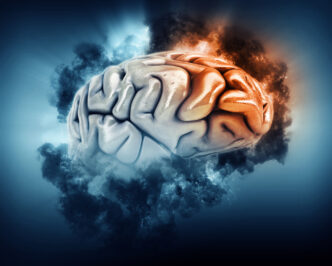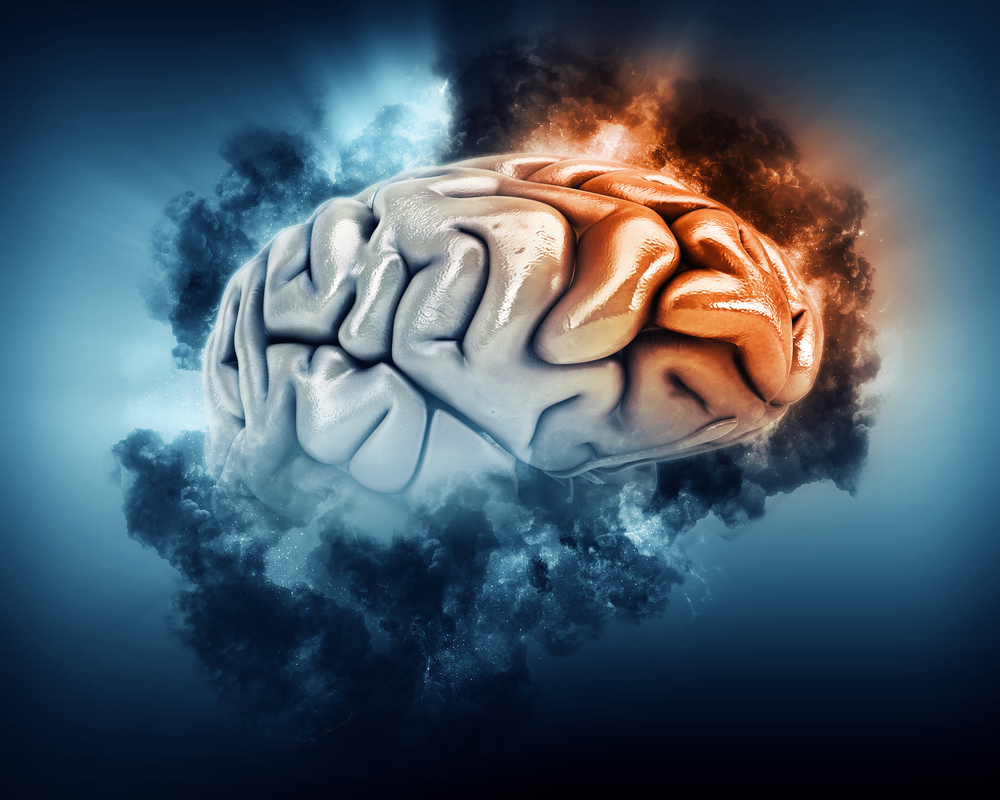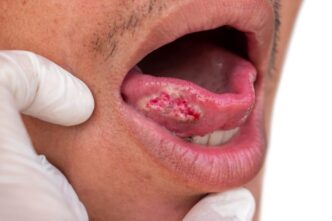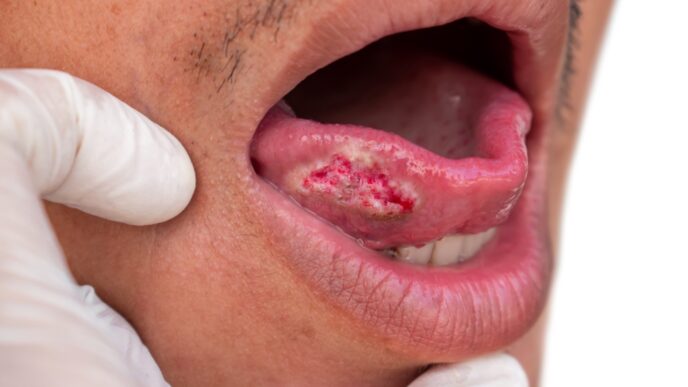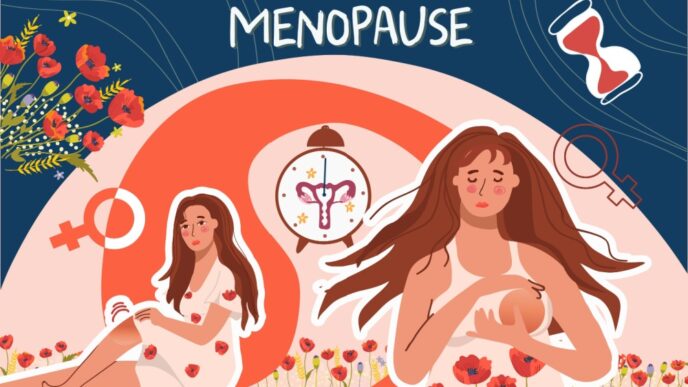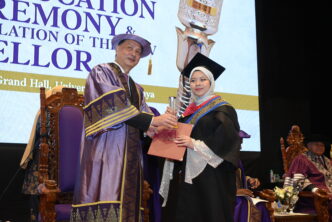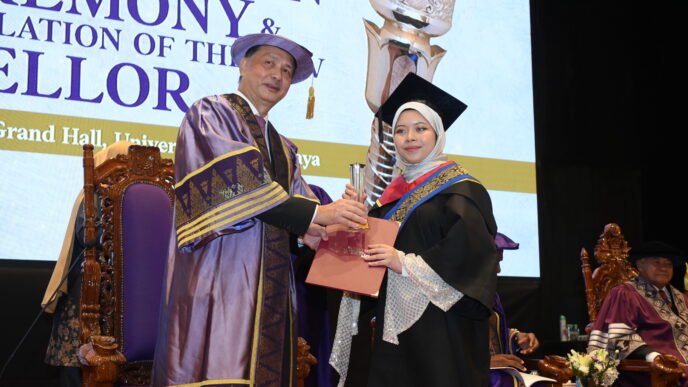Frontotemporal dementia (FTD) has recently entered the public spotlight after affecting celebrities like Bruce Willis and Wendy Williams. But beyond the headlines, what does this condition really mean? We speak with a neurologist to understand its symptoms, diagnosis, and how it differs from other forms of dementia.
WORDS LIM TECK CHOON
 FEATURED EXPERT FEATURED EXPERTDR ELLIE KOK HUEY TEAN Consultant Neurologist and Internal Medicine Physician Sunway Medical Centre Velocity |
OUR BRAIN AND NERVE CELLS
Our brain is an organ housing about 86 billion nerve cells or neurons.
- These neurons form a complex network of pathways that allow the transmission of information between neurons through electrical and chemical signals.
- It is this network that allows the brain to be the command centre of our body.
- Our brain directs a wide range of functions such as thinking, problem solving, decision making, memory, emotions, movement, and the regulation of various bodily processes.
- To carry out such numerous functions, the brain has a few regions, each with its own range of responsibilities.
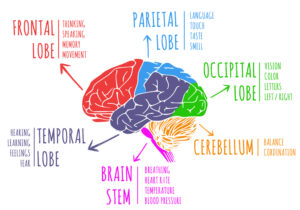
FIRSTLY, LET’S TALK ABOUT DEMENTIA
Dr Ellie Kok shares that dementia is a broad term used to describe a set of symptoms associated with a decline in cognitive abilities that affect daily life.
“Someone can become unable to perform tasks that they have been doing successfully for years, such as shopping or driving,” Dr Ellie explains.
She further elaborates that dementia is a spectrum of symptoms that consist of impairment in the function of the brain, possibly due to injuries, infections, or damage to the brain tissues.
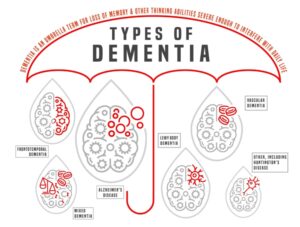
Common Signs that One May Have Dementia
- Unusual forgetfulness and problems in retaining or recalling memories (memory deficit).
- Problems with using and understanding spoken and written language.
- Difficulties in solving problems and making decisions.
- Impaired ability to speak normally.
- Problems with focusing and concentrating.
- Unexplained changes in behaviour and personality, such as loss of interest in activities and company that they have previously enjoyed, loss of inhibitions, and compulsive behaviours.
If you or your loved one experience these symptoms, Dr Ellie recommends consulting a neurologist for further investigation.
UNDERSTANDING FRONTOTEMPORAL DEMENTIA
According to Dr Ellie, frontotemporal dementia or FTD is a type of dementia that affects the frontal and temporal lobes of the brain.
- The affected person will experience problems communicating with and understanding other people.
- Eventually, they will also show distinct changes in behaviour and personality.
This is a neurodegenerative disease, which means that the symptoms of dementia will become worse over time.
Dr Ellie further points out that, while Alzheimer’s disease is more prevalent in adults over 65, FTD is far less common and often affects adults below 65 years old.
Furthermore, Dr Ellie shares that FTD is a distinct disease that involves more than just memory, although most people tend to confuse it with other types of dementia.
WHAT HAPPENS TO THE BRAIN WHEN ONE DEVELOPS FTD?
When one develops FTD, the neurons in the frontal and temporal lobes degenerate over time.
- It is possible that this progressive deterioration is due to the presence of abnormally shaped versions of certain proteins such as transactive response DNA-binding protein 43 (TDP-43).
- These misshapen proteins clump around the neurons in the frontal and temporal lobes, damaging and eventually causing the death of these neurons.
WHAT COULD BE THE CAUSES OF FTD?
We have yet to determine the exact causes, although researchers have some theories.
Family History?
- There are certain genetic mutations that could lead to the development of misshapen abnormal proteins responsible for FTD can be passed on from parent to child.
- However, FTD has also been observed to develop sporadically in people that do not have any family history of this condition.
Age?
- Age is a risk factor in certain types of dementia, such as Alzheimer’s disease.
- However, FTD can affect younger age group in their 40s onwards.
Other Factors?
- Some researchers note that FTD is more prevalent among men.
- Some genetic factors can contribute to the disease.
Can FTD Be Prevented?
Because we haven’t determined the exact cause(s) of FTD, we don’t have any evidence-based methods that can be applied to prevent this condition.
DIAGNOSING FTD CAN BE CHALLENGING
FTD is still poorly understood. This is largely due to the low number of diagnosed cases and the difficulties in diagnosing the condition.
Fortunately, advances in imaging technology and research into FTD have led to some improvements in using imaging and lab tests to improve the diagnosis of this condition.
How Is Dementia Generally Diagnosed?
- Cognitive tests to help gauge one’s cognitive decline
- Brain scan to determine changes in brain structure and function
- Psychiatric evaluation to rule out other mental health conditions
- Gene testing to detect possible mutations linked to dementia
- Blood tests and spinal tap test to identify presence of proteins associated with dementia
TREATMENT OF FTD
Although there are no international treatment guidelines specifically, this doesn’t mean that there is no treatment available for this condition.
In fact, Dr Ellie reveals that there are treatment options, although limited in number, that can be considered for FTD.
“Treatments would focus on managing the patient’s symptoms and improving the quality of their lives,” she adds.
Typically, neurologists work closely with psychiatrists and other specialists to design individualized treatments for each patient.
Supportive Therapies for FTD
- Speech therapy to improve speaking ability.
- Occupational therapy to improve compulsive behaviour.
- Counselling for patient and their family.
- Antidepressant and antipsychotic medications.
Dr Ellie also adds that the family members of patients with FTD would also be advised to go through a programme to help them arrange for long term care for the patient.
| This article is part of our series on issues that affect our nerves and other components of our nervous system such as our brain and spinal cord. |
References:
- Ng, A. S., Rademakers, R., & Miller, B. L. (2015). Frontotemporal dementia: a bridge between dementia and neuromuscular disease. Annals of the New York Academy of Sciences, 1338(1), 71–93. https://doi.org/10.1111/nyas.12638
- Young, J. J., Lavakumar, M., Tampi, D., Balachandran, S., & Tampi, R. R. (2018). Frontotemporal dementia: latest evidence and clinical implications. Therapeutic Advances in Psychopharmacology, 8(1), 33–48. https://doi.org/10.1177/2045125317739818

